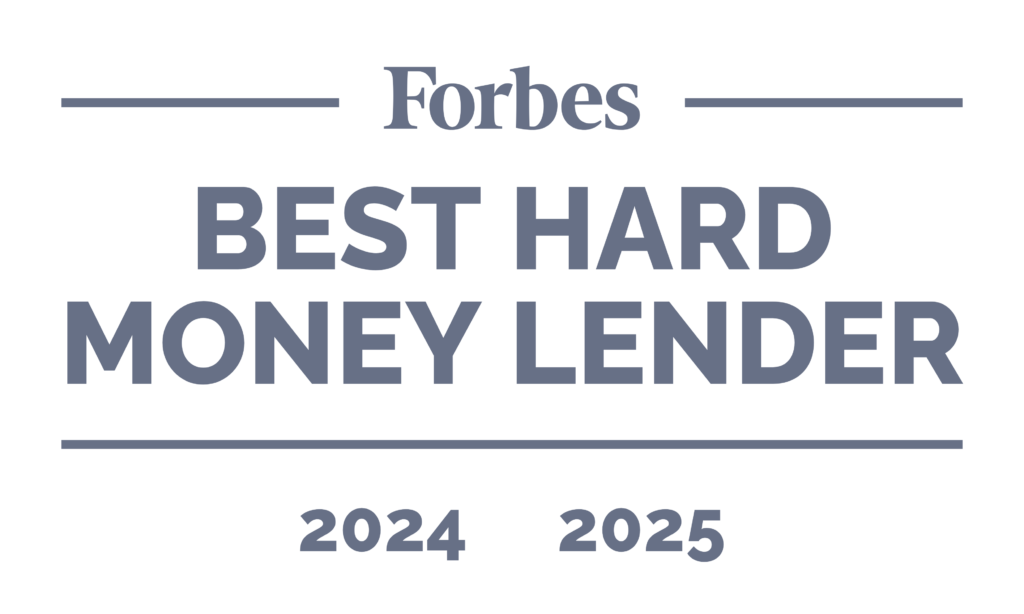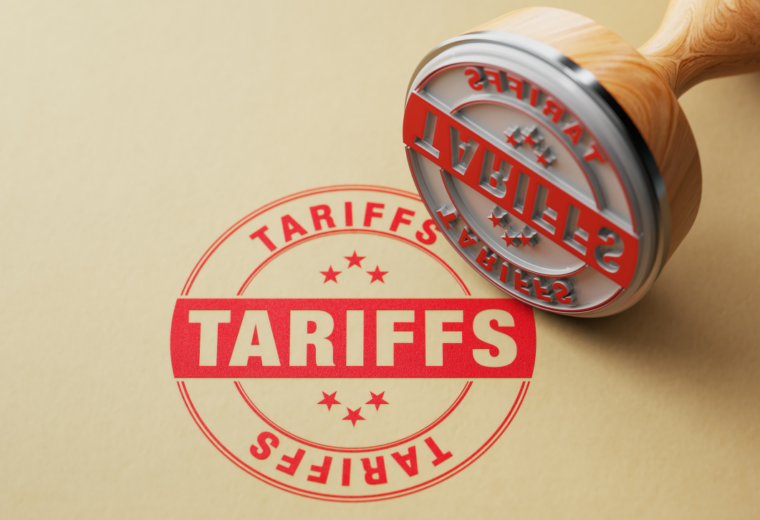The Trump administration’s tariffs are making headlines around the world – and they’re also reshaping the US real estate market. With cost pressures, supply chain disruptions, and investor uncertainty, some careful strategic navigation is needed for those in the real estate industry.
While tariffs are trade policy tools aimed at protecting domestic industries, they’re also affecting everything else: from material prices and development timelines to overall investment strategies and housing affordability.
We’re looking at why that’s the case and what you can do to mitigate these changes.
Firstly, What are Tariffs?
Before we look at their effects on real estate, it’s important to establish exactly what tariffs are.
In simple terms, tariffs are government-imposed duties or taxes levied on goods imported from other countries.
Governments use tariffs for different strategic purposes. For example, they can be used to:
- Shield domestic industries from foreign competition (protectionism)
- Influence international relations (diplomacy)
- Exert economic pressure
- Gain leverage in trade negotiations.
Understanding the nature of tariffs can help you get to grips with the knock-on effect they have on sectors that have nothing to do with international trade. Like the fairly domestic world of real estate.
How Tariffs Are Hitting Real Estate’s Bottom Line
Tariffs focus on international trade, but they cast a shadow over the real estate sector. Their impact will be felt in some direct and impactful ways that investors can’t afford to ignore.
Construction Costs Under Pressure
One of the biggest impacts of tariffs on real estate is the direct increase in construction costs.
When tariffs are levied on essential building materials such as steel, aluminum, and lumber, the price of these goods will rise for domestic buyers. This price hike will mean higher project budgets for new developments – squeezing profit margins and making projects with tight budgets unviable.
For a real example of this, let’s look at the reinstatement of a 25% tariff on Canadian lumber in early March 2025. Reports from industry analysts like Baker Donelson estimate that this tariff alone added approximately $9,000 to the cost of building a new single-family home.
Another significant increase in core construction materials could potentially lead to the postponement – or even cancellation – of ground-up construction projects as profit margins shrink and financing becomes riskier.
Supply Chain Snags and Project Delays
Aside from the cost of materials, tariff tensions can also cause lengthy disruptions and delays within global supply chains.
Uncertainty around trade policies (and the potential for new tariffs) can lead to logistical bottlenecks. This means longer lead times for the delivery of important construction components and higher warehousing costs as businesses try to buffer against potential shortages.
These delays can lead to penalties, extended financing costs, and a slower return on investment for developers and investors alike.
If it looks like tariff-related delays might push back project completion or permanent financing, it’s worth considering a bridge loan. This can provide short-term capital to cover immediate needs and bridge the gap until the project is stabilized.
Investor Caution in the Face of Rising Costs
For real estate investors, successfully getting through the tariff uncertainty means balancing investment with anticipated returns.
When tariffs drive up construction costs and make project timelines harder to estimate, the projected profitability of developments – especially large-scale ones – can drop by a lot.
Lower potential returns can lead to investors no longer wanting to get involved in new projects, as well as a more cautious approach from lenders.
So what does this mean for the real estate market? As investors become more risk-averse, they’re likely to favor existing assets or smaller, less material-intensive ventures.
The rise in construction costs and its contribution to inflation might encourage the Fed to raise interest rates again. This will have a knock-on effect on borrowing costs, making loans more expensive.
This is how tariffs indirectly influence market rates through shifts in supply, demand, and regional economic activity. Of course, there’s a lot more going on in the wider market that can impact real estate investment strategies. Learn more about the volatility of market rates in our recent white paper.
Tariffs Reshaping the Broader Real Estate Landscape
Beyond the immediate costs of construction and rising rates, the Trump administration’s tariff policies are also setting off a series of indirect shifts that property investors need to consider strategically.
These changes, while less direct than increased material prices, can create both new opportunities and potential pitfalls across various real estate sectors.
Logistics and Warehousing in Flux
As tariffs change established global supply chains, more businesses are looking at regionalizing their operations. Some companies may bring manufacturing closer to home (reshoring) or to neighboring countries (nearshoring) to mitigate the risks and costs of international trade.
This shift in logistics is likely to fuel more demand for regional warehouse and distribution spaces – especially in areas experiencing a resurgence of domestic manufacturing or acting as key hubs for altered trade routes.
Investors who anticipate these evolving logistical needs could find some interesting (and profitable) opportunities in commercial real estate. For more inspiration, check out the most profitable commercial property types for 2025.
Shifting Tides in Foreign Investment
The imposition of tariffs and resulting trade tensions may discourage cross-border property investment.
The uncertainty around trade relationships could make foreign investors more cautious about pumping capital into US real estate. It could also encourage them to invest in countries with more favorable trade environments instead.
Understanding these shifting global capital flows – and identifying where foreign investment may concentrate – will be crucial for investors planning long-term acquisition and development strategies.
The Rise of Regional Winners and Losers
It’s unlikely that tariffs will impact every state the same. Some regions may emerge as winners – especially those increasing in domestic manufacturing thanks to reshoring.
With more manufacturing activity, there may be greater demand for commercial real estate, higher employment, and – potentially – a need for more residential housing in those areas.
On the other hand, regions that rely on international trade could fall victim to economic headwinds and a softening of their real estate markets.
For investors, an understanding of these potential regional disparities will help to identify growth markets and avoid areas likely to face economic contraction.
Navigating the Tariff Terrain: How to Shift Your Strategy
Tariffs are about more than trade disputes – they’re a trigger point impacting real estate values and opportunities for investment, too.
With a complex range of factors at play, the true impact on real estate market rates will depend on a few things. For example, the specific tariffs implemented, the broader economic response, and how long these trade policies last.
With all this uncertainty, agility is key to successful property investment strategies.
For real estate investors, it’s important to:
- Keep a close eye on evolving trade policies and potential retaliatory measures – these decisions can rapidly change market dynamics, and your strategy will need to move with them
- Consider sector rotation – strategically shifting capital between different property types as tariff impacts become clearer.
- Diversify geographically – mitigate risk by spreading investments across regions less vulnerable to tariff-related economic downturns or more likely to benefit from reshoring trends.
- Implement shorter investment horizons, and a more tactical approach to acquisitions and disposals – this could help you adapt more quickly to evolving market conditions.
Navigate Tariffs with the Right Partner
Navigating the complexities of tariffs in the real estate sector requires a strategic partner who not only understands the immediate impacts but also anticipates future trends.
At Express Capital Financing, we’re committed to leveraging our deep industry knowledge and flexible financing solutions. We guide our clients through these turbulent times with confidence. Whether you are facing increased project costs, need to bridge financing gaps, or are reevaluating your investment strategy, our team is here to support your success.
Don’t let uncertainty slow you down. Contact us today and find out how we can help you navigate this changing real estate landscape.






